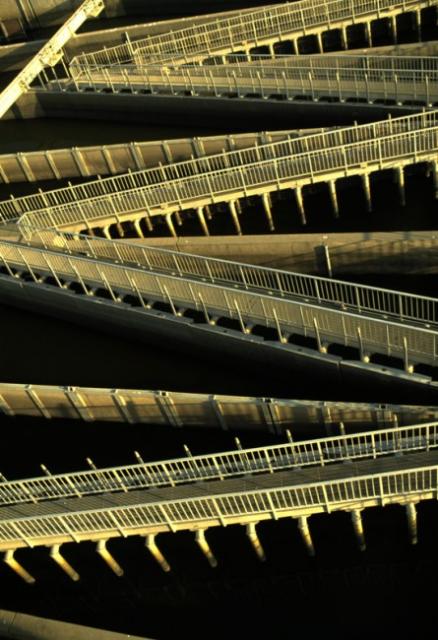Delta Pumping Plant Fish Protection Agreement
The Delta Pumping Plant Fish Protection Agreement stems from an early effort to balance the needs of fish protection and State Water Project operations. Negotiated in the mid-1980s, the agreement foreshadowed future battles over fish protection and pumping. [See also Sacramento-San Joaquin Delta.]
Today, California’s Department of Water Resources works closely with the Department of Fish and Wildlife to implement the agreement and mitigation projects funded under the agreement.
According to DWR, “The agreement provides for offsetting adverse fishery impacts caused by the diversion of water at the Harvey O. Banks Delta Pumping Plant, a key part of the State Water Project located at the head of the California Aqueduct. Direct losses of Chinook salmon, steelhead, and striped bass are offset or mitigated through the funding and implementation of fish mitigation projects.”
These fish protection projects include
- water exchange projects to provide salmon passage flows
- stocking of salmon, steelhead and striped bass
- fish screens and ladders; guidance barriers
- salmon habitat enhancement projects.
The Delta Fish Agreement guidelines give priority to habitat restoration and other non-hatchery measures in order to protect genetic diversity and avoid over reliance on hatcheries. In selecting salmon measures, priority is given to measures on the San Joaquin River system.
There is currently work ongoing to amend the Delta Fish Agreement to include mitigation for the direct and indirect loss of Delta smelt, winter-run salmon, and spring-run salmon.
Delta Fish Agreement mitigation projects are funded through DWR by the State Water Contractors.









